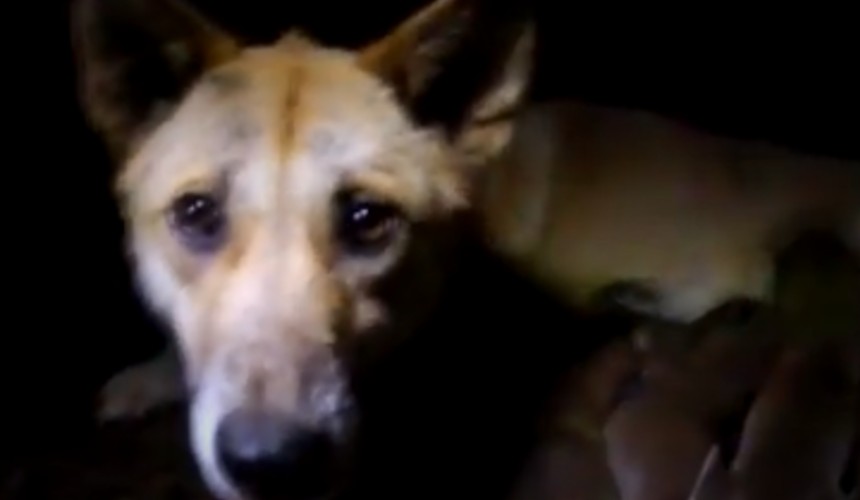
On 17August 1980 baby Azaria Chamberlain disappeared from her family's tent on a camping trip to Uluru, Ayers Rock in the Northern Territory of Australia. The Chamberlains claimed their daughter had been taken by a dingo and a national furore erupted as to what actually happened on that fateful night.
Lindy Chamberlain was subsequently jailed for the murder of baby Azaria before being released four years later when the baby's matinee jacket was found in a dingo's den.
This incident led to a movie and even comedic references "a dingo's got my baby" bandied in sitcoms in a broad Australian accent.
Regardless of what is fact, fiction or deemed to be comedy, in relation to the case of little Azaria Chamberlain, the facts about dingoes can be examined clearly: Dingos are wild dogs, indigenous to Australia. Like all dogs they are opportunistic carnivores, eating both live prey if they can catch it, and scavenging whatever they can find, including roadkill and human waste if it is available. While traditionally they are not especially large dogs, they are easily able to catch small animals such as possums, chickens and lambs, even sheep. They are a well known pest to farmers, whose livestock they regularly kill and eat.
Apart from the attacks on livestock, there are well documented attacks by dingoes on humans on Fraser Island, a well known tourist destination off the Australian Qld coast, where researchers into the human/dingo interaction found that approaching dingos with caution was initially encouraged by the tourism industry, and expected as part of the tourism experience on Fraser Island. This increasingly led to the dingos losing their fear of humans and incidences of attacks increased. It was generally agreed that the dingo was more likely to attack a submissive or fearful target (a small child running away, for example) and if people were assertive and confident attacks were much more unlikely. Tragically, on 30 April 2001 a nine year old boy was attacked and killed by two dingoes on Fraser Island. This particular incident demonstrates that if dingos are willing to attack a small child they are more than capable of dragging away an unprotected baby and killing it.
Obviously the more accustomed to human activity the dingoes are, the more confident they become and are therefore increasingly bold in regards to the foraging and food possibilities human activity represents. The smell of food wafting in the wind is tempting to any carnivore, domestic or wild, and often this is initially what attracts wild dogs to humans. A bag full of rubbish or a baby unable to defend itself are both food prospects for such an animal, whose very survival is based on its ability to source food. While a dingo approaching a baby is probably not the most common of scenarios, it is certainly a possibility and commonsense must prevail. Obviously these animals are not like more aggressive breeds of domestic dogs who would attack when confronted, but if the opportunity to drag away a meal unchallenged arose then the chances would be that the dog would take it.
Go back to the wildliferemovalaustralia.com home page.
Copyright 2021 - wildliferemovalaustralia.com
Wildlife Removal Australia